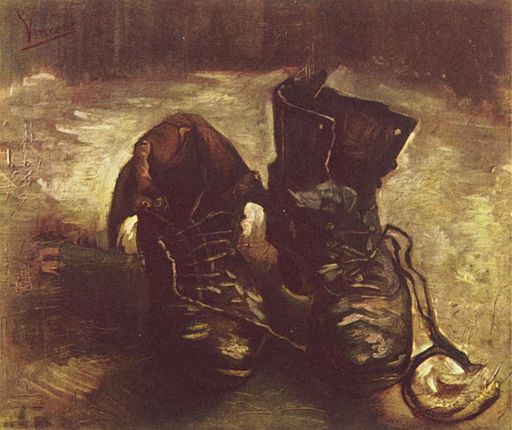Dies hier sind gestern wieder aufgetauchte Fragmente eines Beitrags für ein Buch für den
Salon Verlag Köln von Gerhard Theewen, das niemals erschienen ist. Tatsächlich sollte es eine Lektüre für die Badewanne mit entsprechendem wasserabweisenden Cover mit dem Titel "Waterproof" sein. Wie in den meisten Fällen von archäologischen (Ööcher: arschäologisch!) Entdeckungen besteht es leider aus Fragmenten, hier sollte der Leser sich selber einen Reim machen. Die nur schwer entzifferbare Handschrift ist transkribiert, außerdem gibt es noch ein paar Fotografien dieser Aktion, deren Echtheit von prominenter Stelle bezweifelt wird.
* physikalische Definition von Feuchte, bitte selber nachschauen, Hoheslied 6, 6 lautet:
deine Zähne blinken wie eine Herde von Mutterschafen,
die frisch aus der Schwemme steigen
(Für Jacques Derrida ist das Hohelied ein Beispiel für erhabene Kunst, cf Die Wahrheit in der Malerei)


Transkript eins: Das Feuchte als Urzustand, dieser Zustand zwischen vollkommener Trockenheit und radikaler Nässe, das Erfrischende. Das sogenannte türkische Bad, ein Dampfbad. Visionen von nackten Leibern, die sich lasziv der heißen, tropischen Luft hingeben. Diese schwülen Nächte, in denen man nicht schlafen kann, Im sogenannten türkischen Bad... Erquicklicher und anregender ...Was machte Susannah im Bade? War sie in dem Moment der Entdeckung/ Beobachtung tatsächlich die auf keusche Reinlichkeit bedachte Frau? Was sahen die beiden Alten? Bin ich nicht Susannah? Vielleicht währenddessen im Bade und spüre die leichten Tröpfchen von Feuchtigkeit auf meiner Haut, die es ermöglichen, meinen Körper wahrzunehmen. Diese leichte Last, die meine feinen Nerven erregt... Das Feuchte reinigt und giert doch nach Berührung eines anderen, des anderen Körpers. Klamm liegt auf der Haut, den angepreßten Härchen und dringt ein.
Transkript 2: Das
zweite Hohelied entführt in den Orient,
die Welt der Bibel. Feuchte bedeutet für den, der die Wüste durchwandert, Leben und Fruchtbarkeit. Sofort taucht das türkische Bad auf, desssen feucht-schwüle Atmosphäre mit der europäischen Feucht-fröhlichkeit so wunderbar kontrastiert. Benebelt sich das Abendland mit Geist, so genießt (
schärft sich) das Morgenland mit allen (
die) Sinne, die Sinnlichkeit ist hier zu finden (
Hause). In feucht schwülen Nächten liege ich oft wach und kann nicht schlafen, schlaflose Nächte, unerträglich fruchtbare Atmosphäre*. Susannah, Susannah, was machst du eigentlich im Bade? - Oder bin nicht ich Susannah
* weiblich, erschreckend, fruchtbar für die Pflanzen, totbringend für Kreislaufkranke
Feuchtsavannen, die Königin von Saba kam aus Äthiopien







































